- Fellow Highlights
A Day at the Museum: Paul & Daisy Soros Fellows Get a Special New Americans Tour of the Whitney Museum of American Art
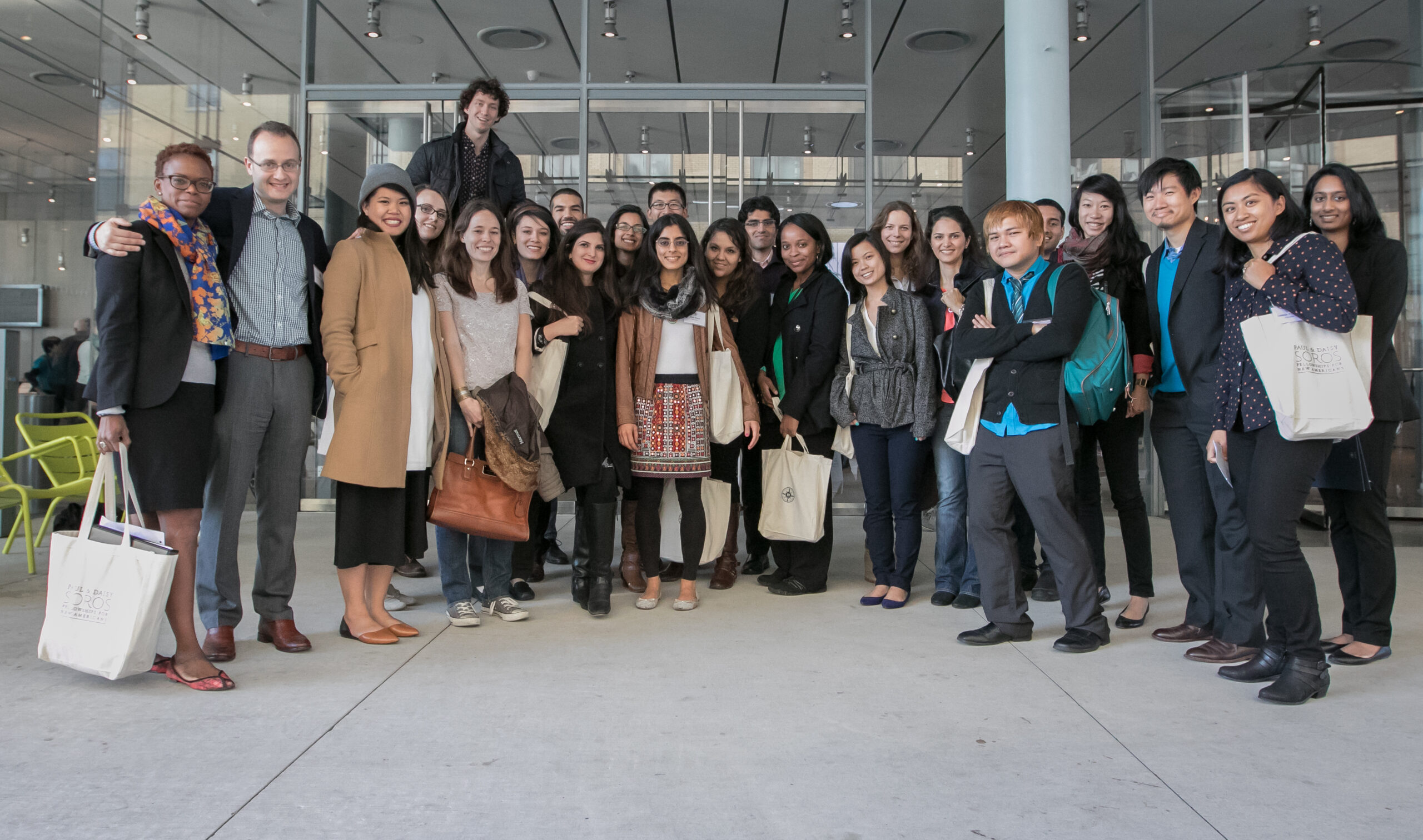
At this year’s Paul and Daisy Soros Fellowships for New Americans Fall Conference, Fellows received a special tour of the Whitney Museum of American Art. The Whitney, which opened a spectacular new building in New York City’s West Village in the summer of 2015, is a museum dedicated to contemporary American art.
As a group of immigrants and children of immigrants, we were interested in how the Whitney defined “American,” and we were lucky to receive a tour that explored artworks and artists who have challenged and helped shape notions of what it means to be American. Aliza Shvarts and Elizabeth Buhe, who are both Joan Tisch Teaching Fellows at the Whitney, organized and gave us the tour.
One of the first pieces of artwork we viewed was Chiura Obata’s World Landscape Series: America, which is part of a series of wood block carvings of natural landscapes that the artist created in the late 1920s. Each work was created with immense attention to detail.
Interestingly, there was much debate over Obata’s inclusion in the Whitney Museum because he was born in Japan, but lived the majority of his life in the United States.
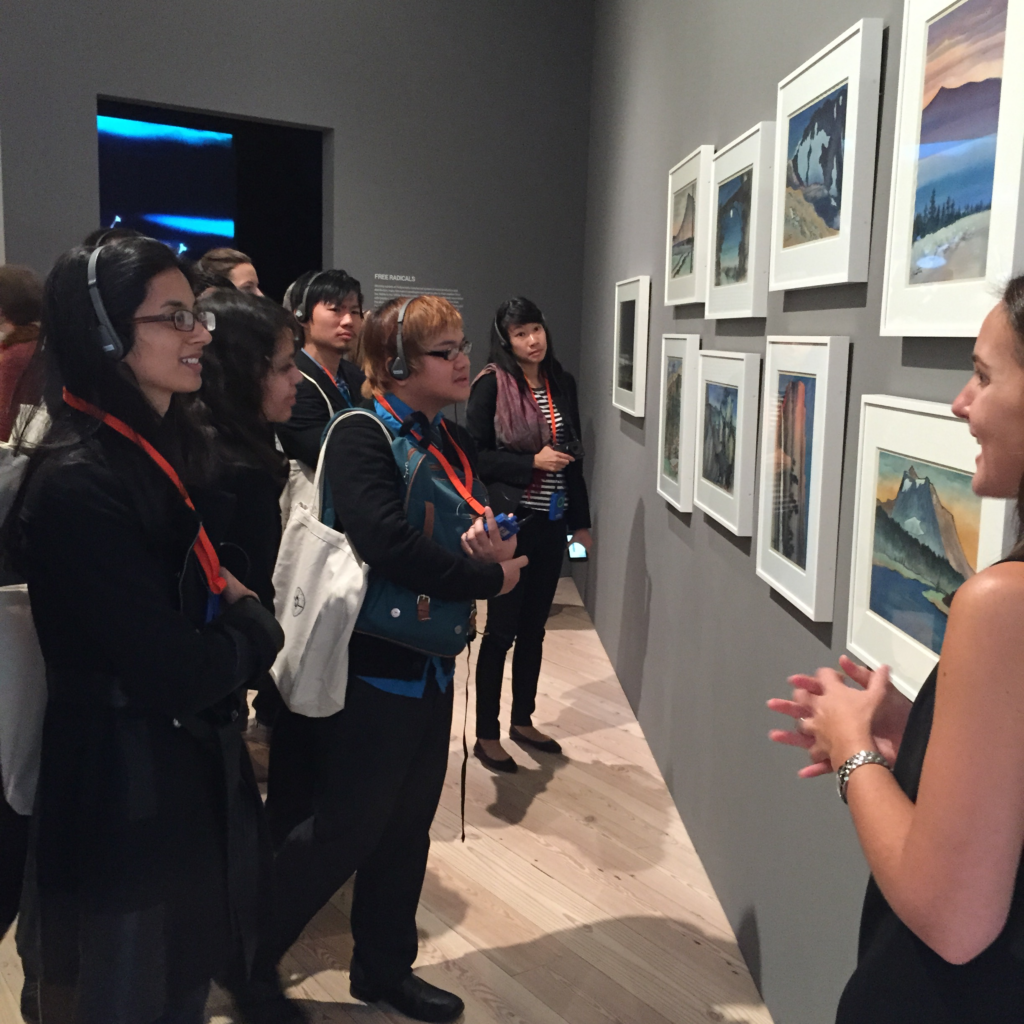
The Whitney had to grapple with several questions: “What does it mean to be an American artist? Does it mean being born or trained here? Or does it just mean an artist is working in the US context?” These questions are at the core of deciding which artists are included in the Whitney Museum and how their work is curated along side other artists in the gallery. As a result, the Whitney Museum has added the names of the artists next to location of their birthplace on the description to ask audiences to think critically about what being an American artist means.
The tour covered European avant-garde inspired work from Alexander Calder, who was an American illustrator and sculptor. He represents the early American modernism the Whitney Museum was interested in collecting.
The tour then continued to Lee Krasner’s abstract expressionist piece, The Seasons, which was painted after World War II when Europe was no longer a source of artistic knowledge production. Instead Krasner’s work offers alterity in its abstract use of vibrant pink, white, and green. The painting is said to inhabit feminine space in its painted gestures—reclaiming space with each broad stroke across the canvas.
The tour also included work from the infamous Andy Warhol in their pop art collection. Warhol’s work comments on the definition of commodity and uniformity of consumer culture in the 1960s.
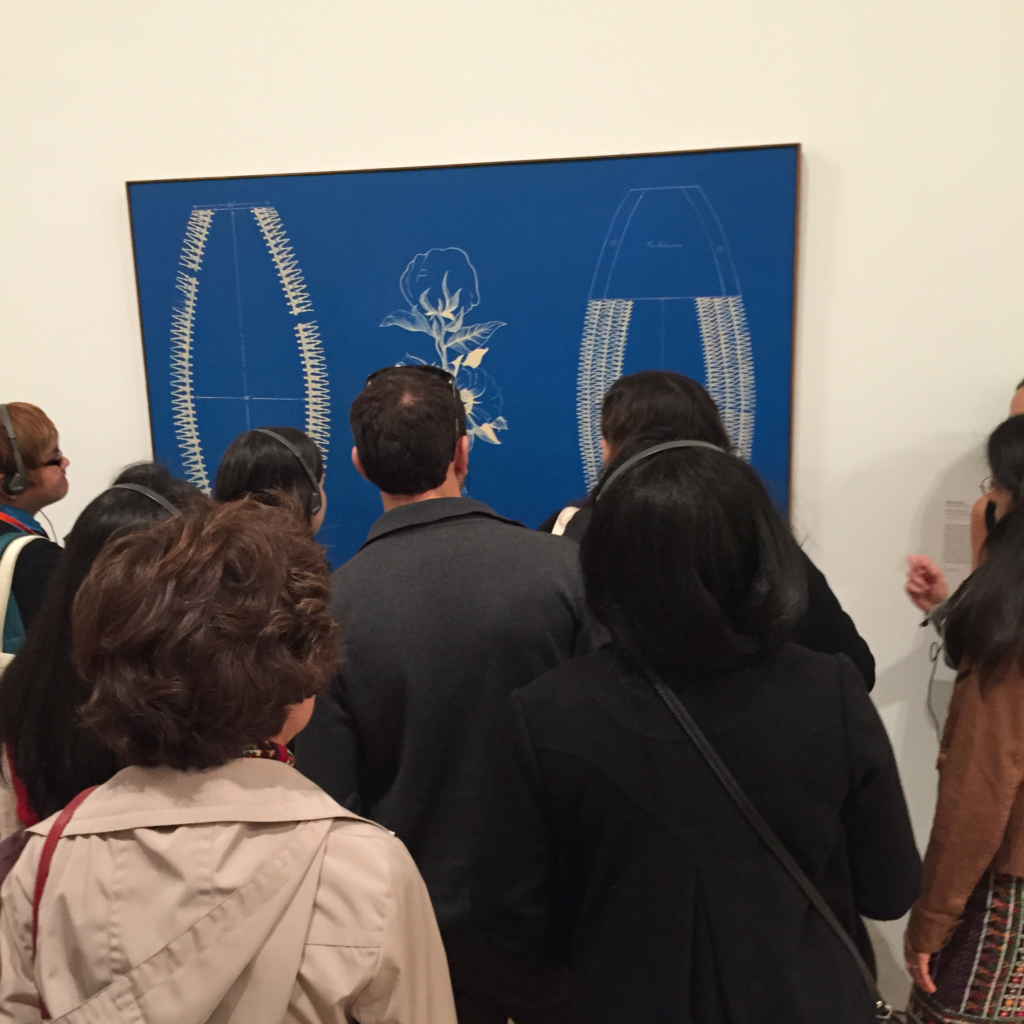
The tour ended with Malcolm Bailey’s piece Untitled. Bailey grappled with the question of identity in the 1960s. In a painting that resembles an architectural blue print and encyclopedia entry, there is a delicate and meticulously drawn cotton flower in the middle of the painting with two renderings of slave ships on either side of it. The detail on the figures on the boat, which represent slaves, are painted with thicker paint and coarser lines. The difference in refined versus cruder painting techniques reflects the work’s critique value of cotton as the embodiment of commodity and capital over slaves as the embodiment of objectified free labor.
Bailey’s work brings into question the connection between labor, cotton, slavery, and the building of America. How can the history of America be told through this painting, juxtaposing cotton and slaves, valuing one at the cost of the other?
Bailey’s work is a powerful way to end the Whitney Museum tour as we think about what it means to be an American today, especially in light of the #BlackLivesMatter movement with the increase of violent police killings of black men, women, and children, and the increasing Islamophobia that marks racialized bodies as security threats. Bailey’s work urgently demands of us to ask whose lives are given value in America? Who matters?
Overall, the artists represented in the New American Whitney Museum tour offer critical questions for us to think about who is recognized as an American and how we value people’s lives in the history of slavery, war, poverty, forced migration, and mass consumerism.
The New American tour at the Whitney also included the following works:
- The Artist And His Mother, Arshile Gorky
- Two Maps, Jasper Johns
- Four Darks In Red, Mark Rothko
- The Brooklyn Bridge: Variation On An Old Theme, Joseph Stella
- Blanco Y Verde, Carmen Herrera
Patricia Nguyen is an artist, scholar and educator based in Chicago, Illinois where she is a PhD student in Performance Studies at Northwestern University. She is a 2014 recipient of The Paul & Daisy Soros Fellowships for New Americans.
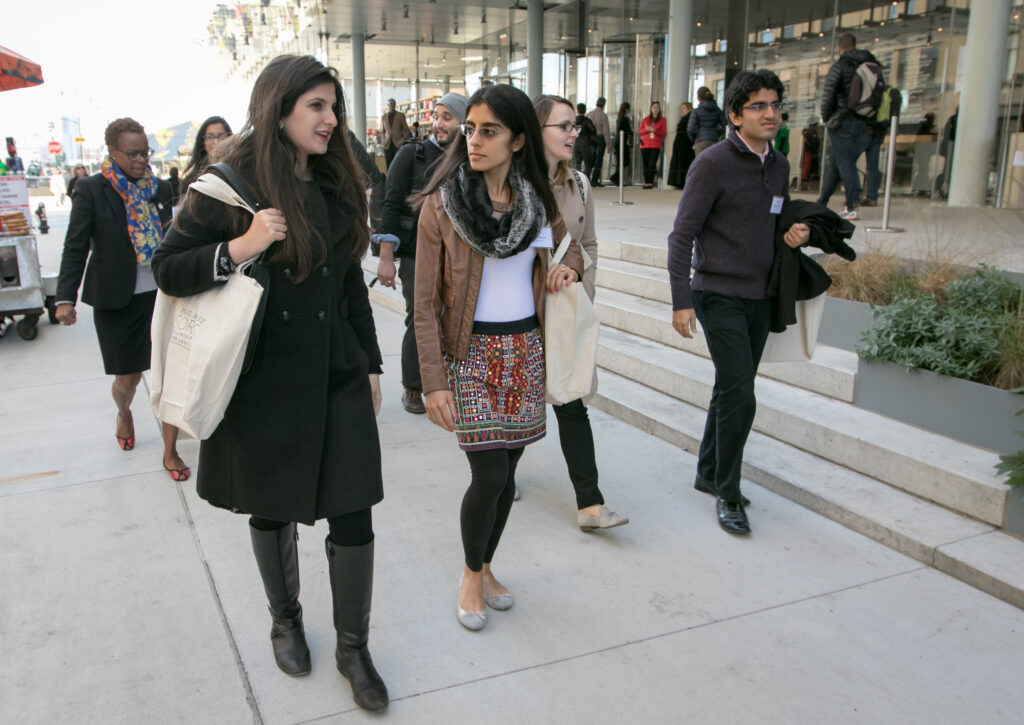
Photo Credit: Mary Iuvone
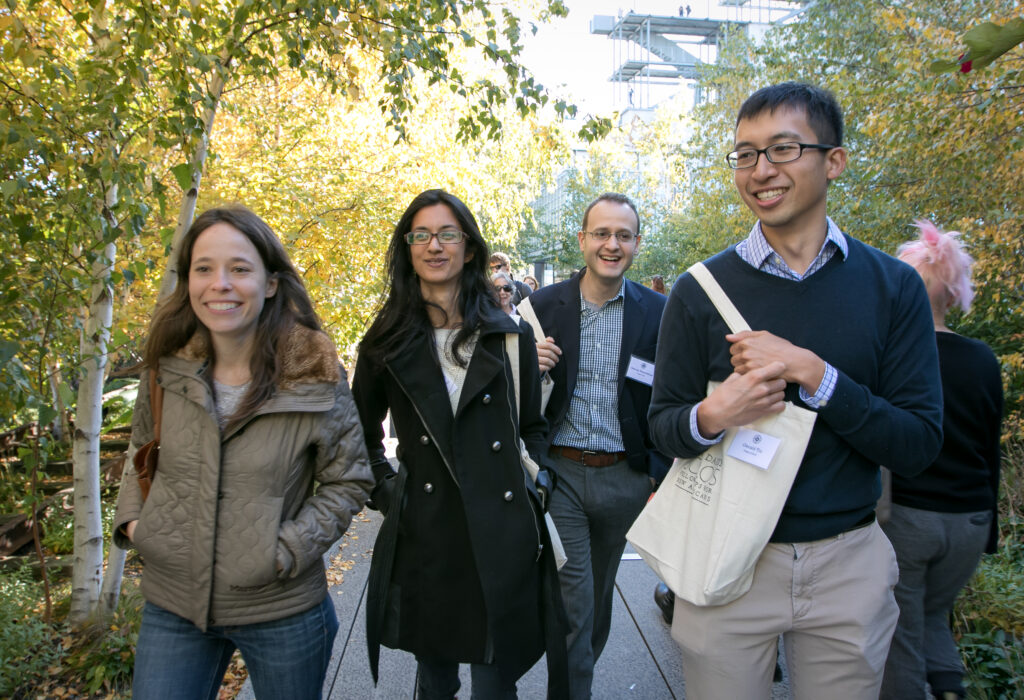
Photo Credit: Mary Iuvone
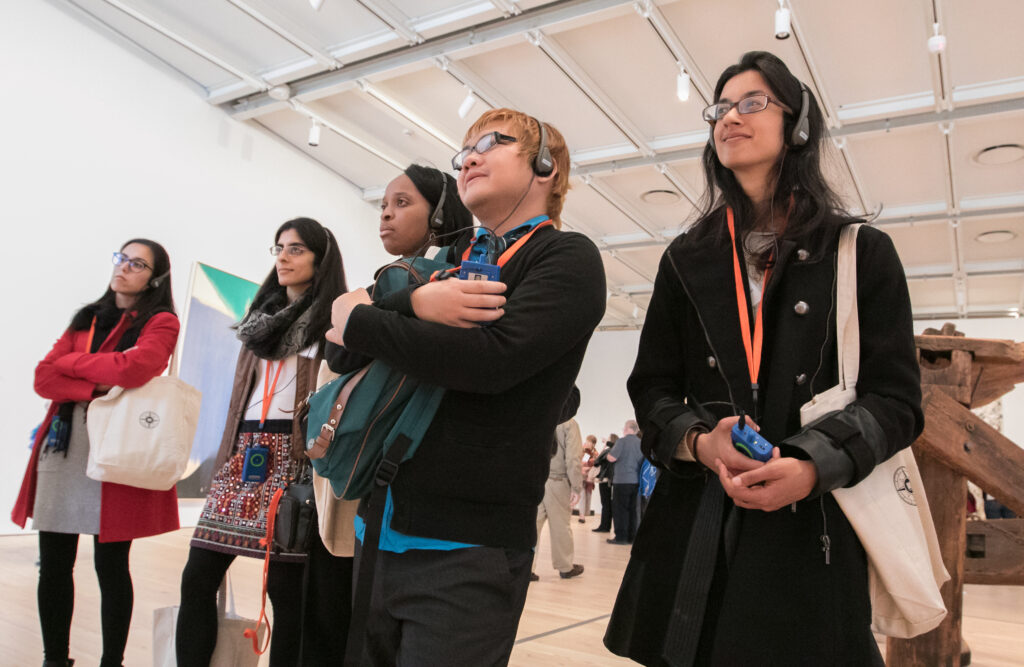
Photo Credit: Mary Iuvone
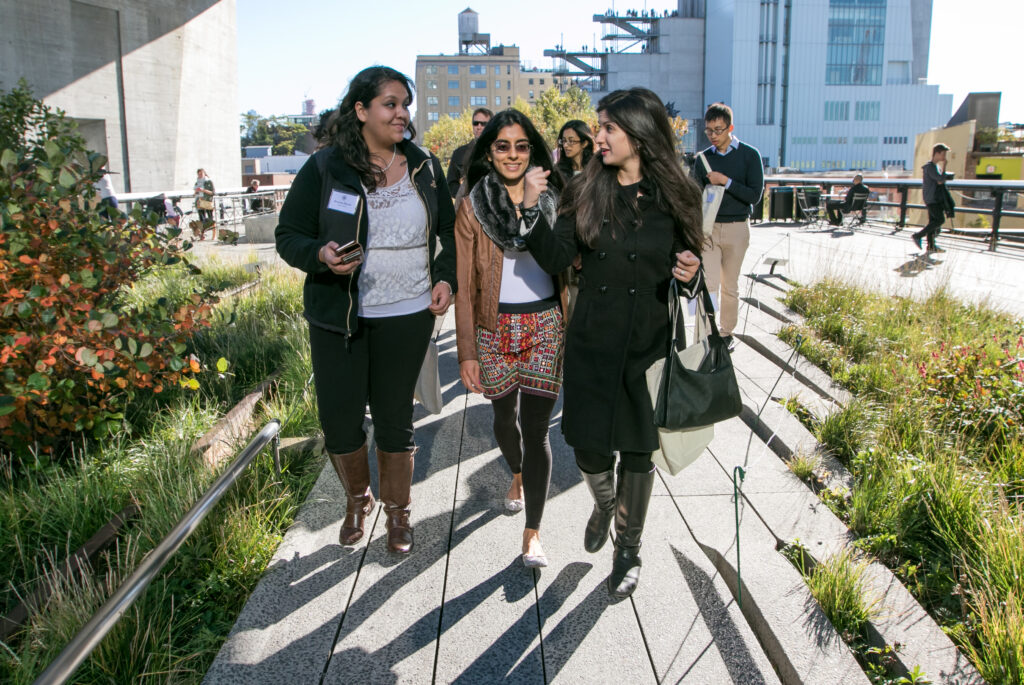
Photo Credit: Mary Iuvone
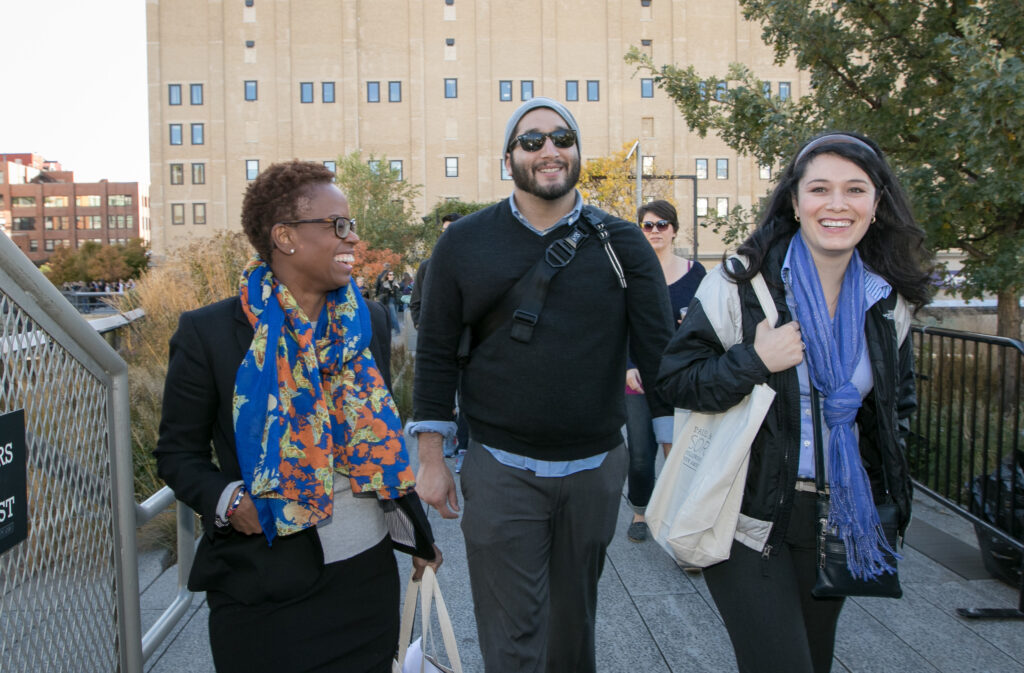
Photo Credit: Mary Iuvone
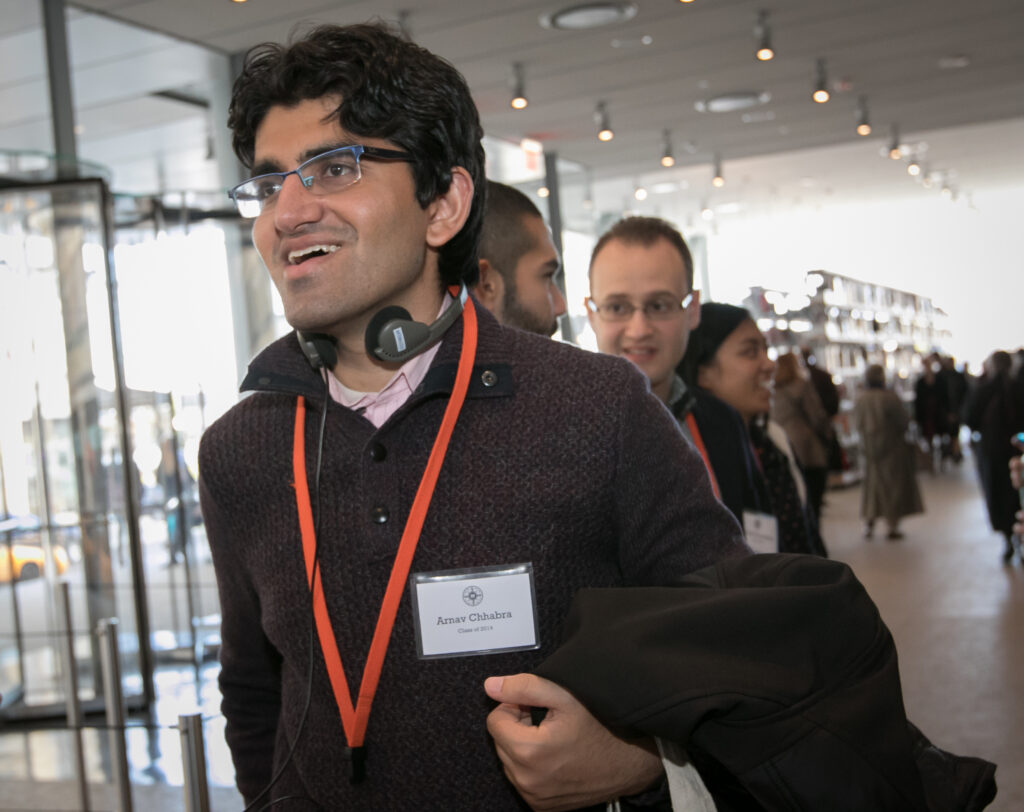
Photo Credit: Mary Iuvone
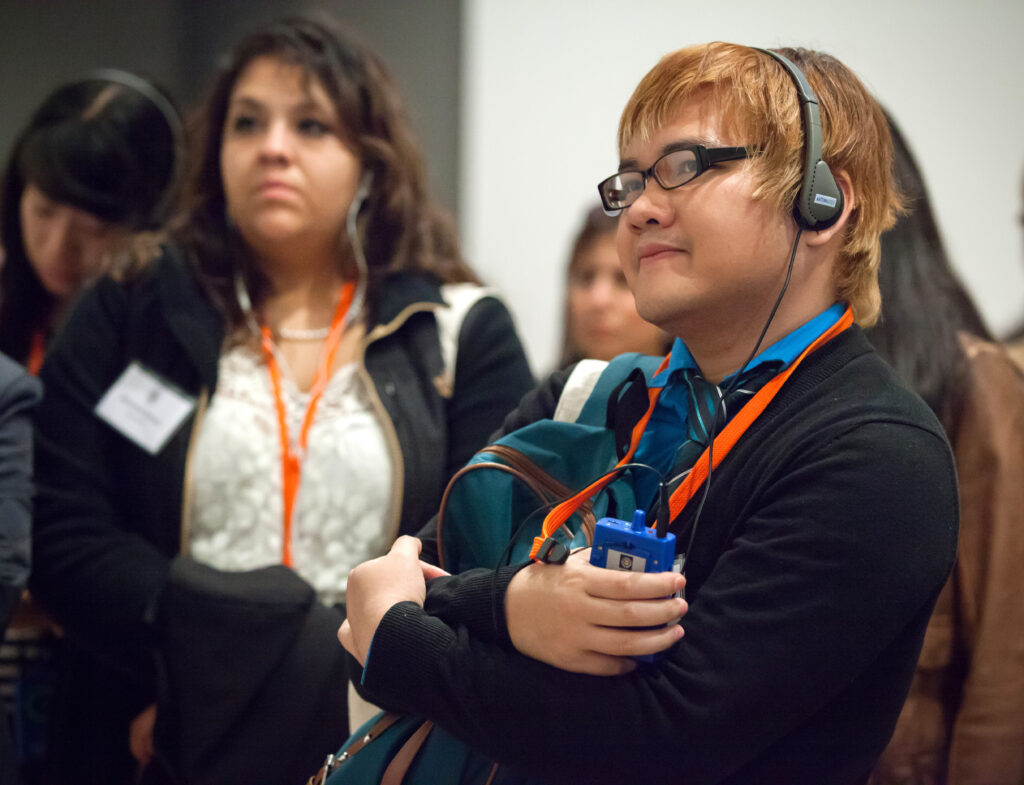
Photo Credit: Mary Iuvone
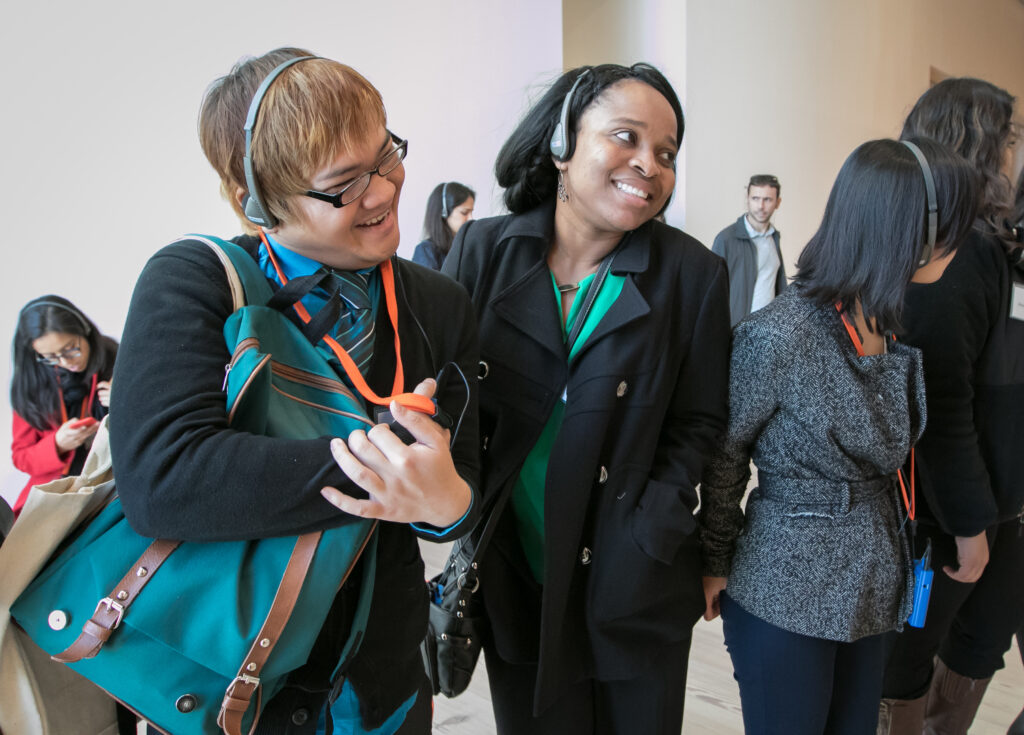
Photo Credit: Mary Iuvone
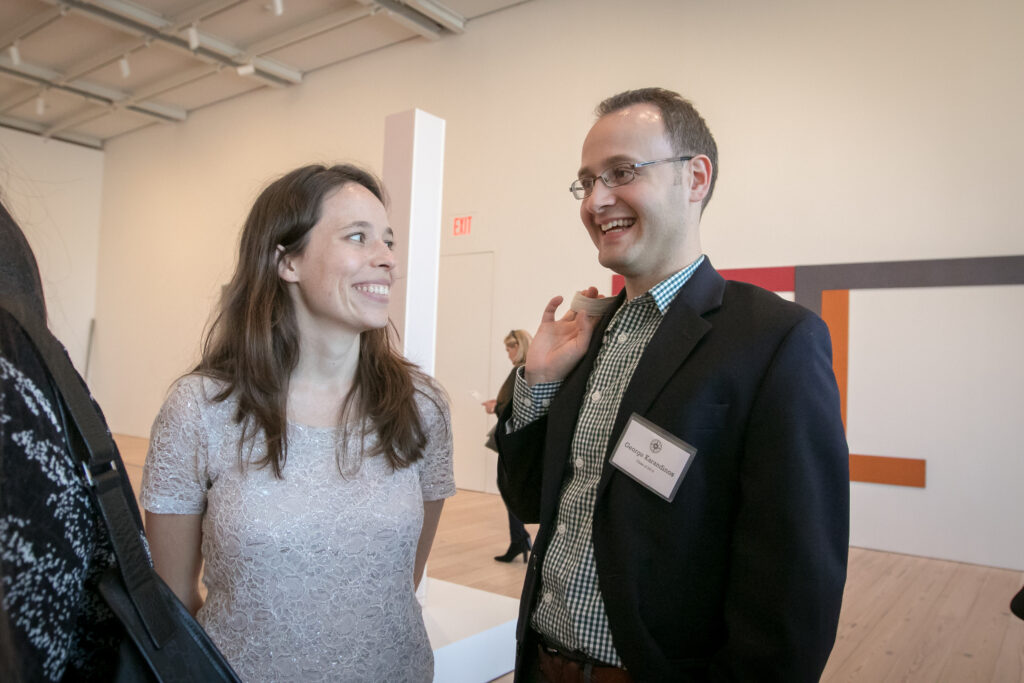
Photo Credit: Mary Iuvone
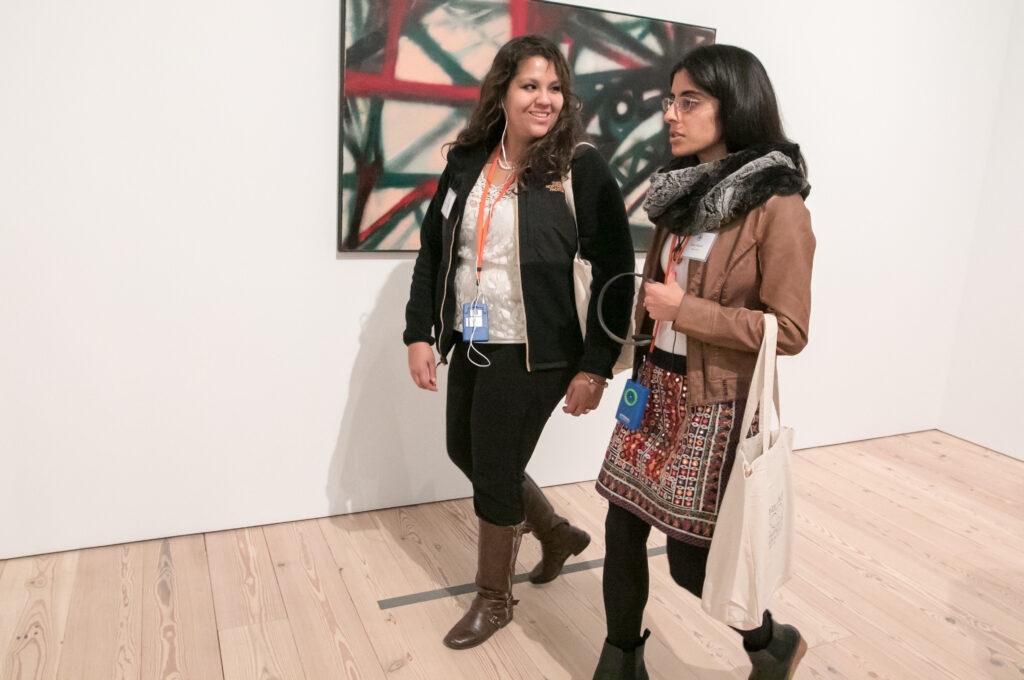
Photo Credit: Mary Iuvone
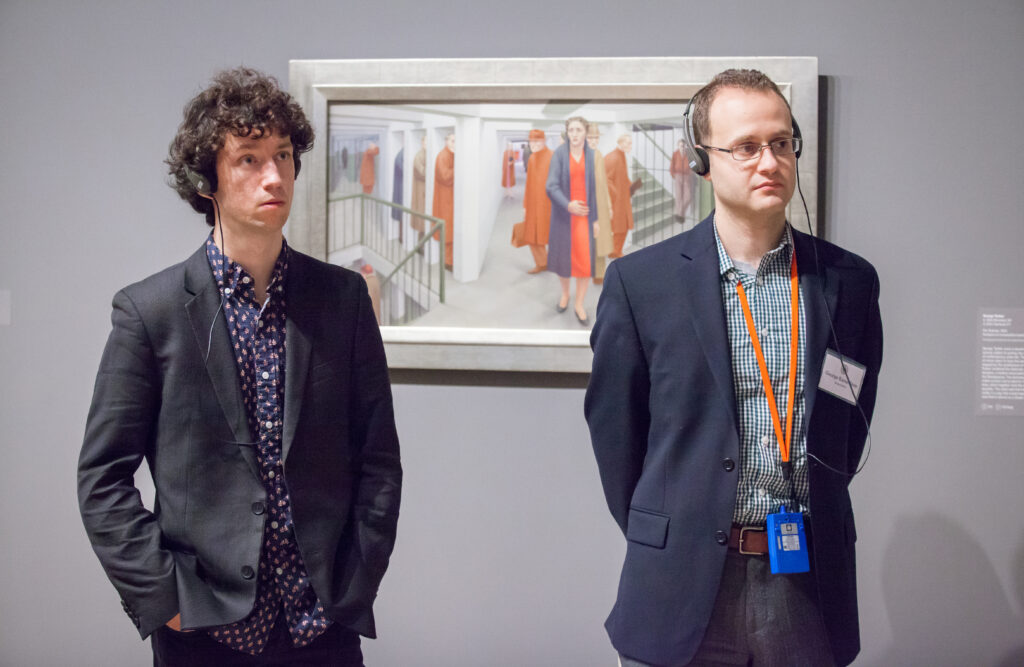
Yuri Buguinia (2014 Fellow) at the Whitney Museum of Art as part of the Paul & Daisy Soros 2015 Fall Conference.
Photo Credit: Mary Iuvone
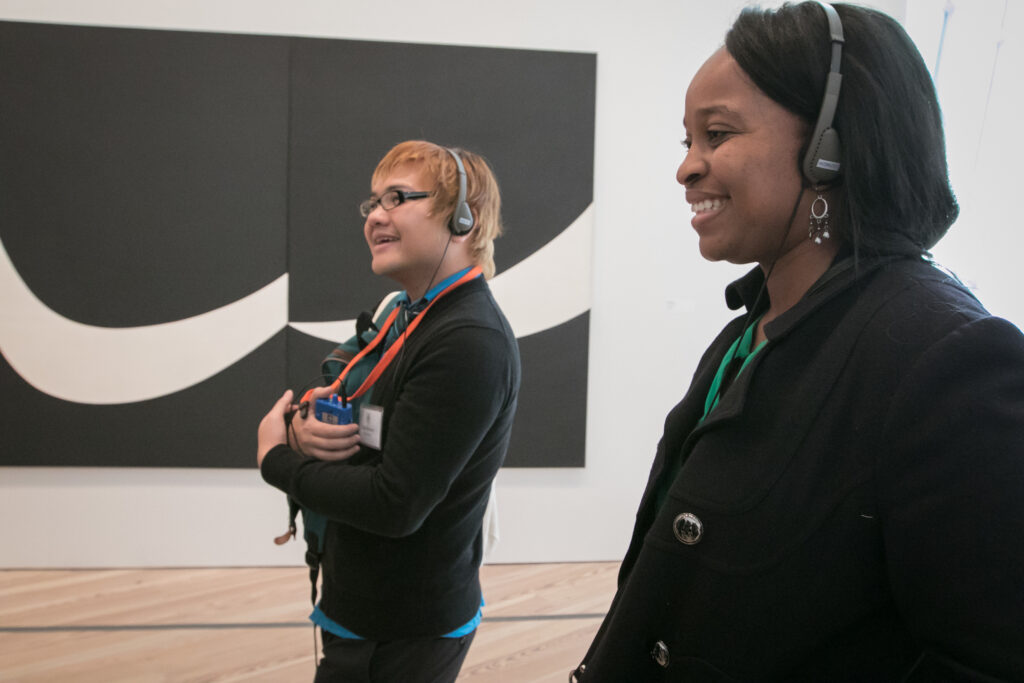
Photo Credit: Mary Iuvone
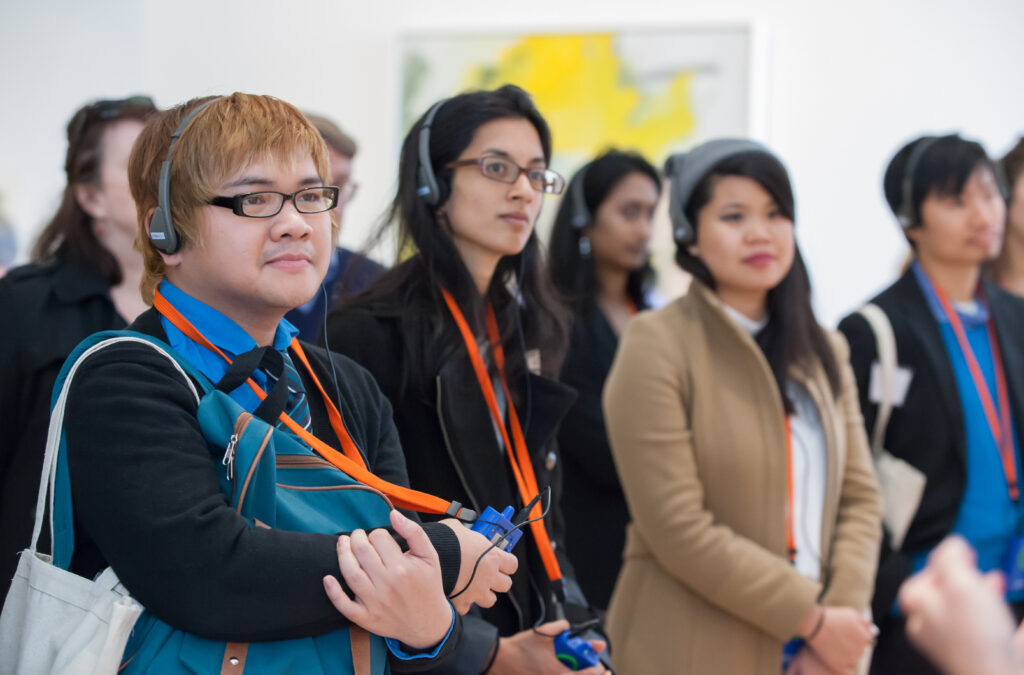
Mike Alvarez (2014 Fellow) at the Whitney Museum of American Art at the Paul & Daisy Soros 2015 Fall Conference.
Photo Credit: Mary Iuvone
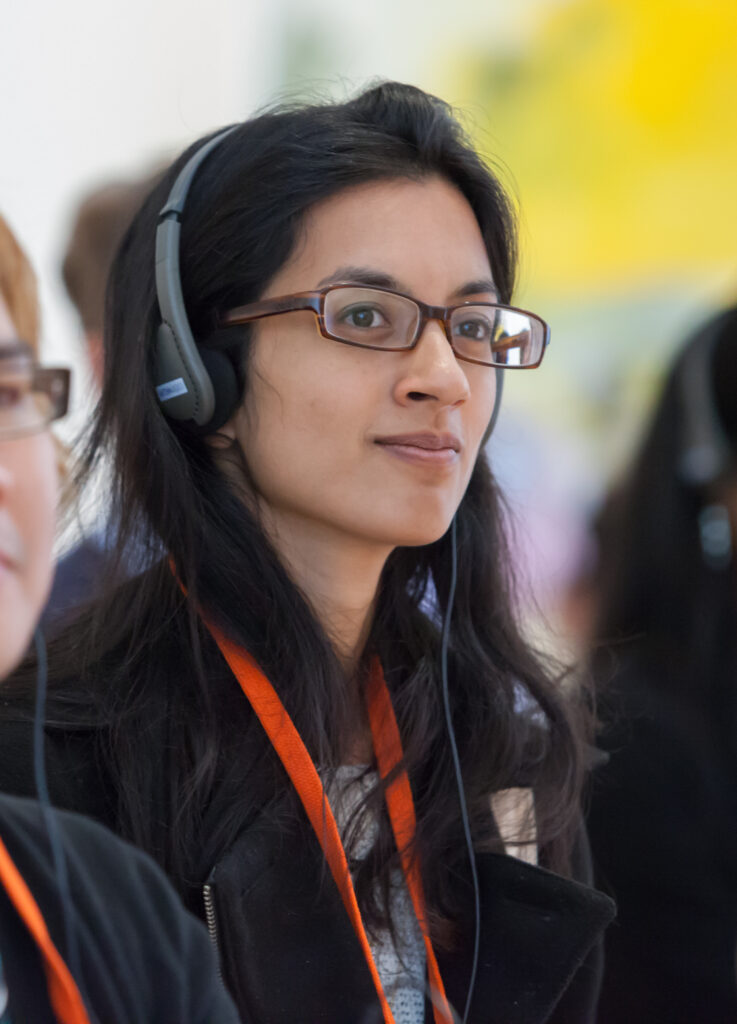
Photo Credit: Mary Iuvone
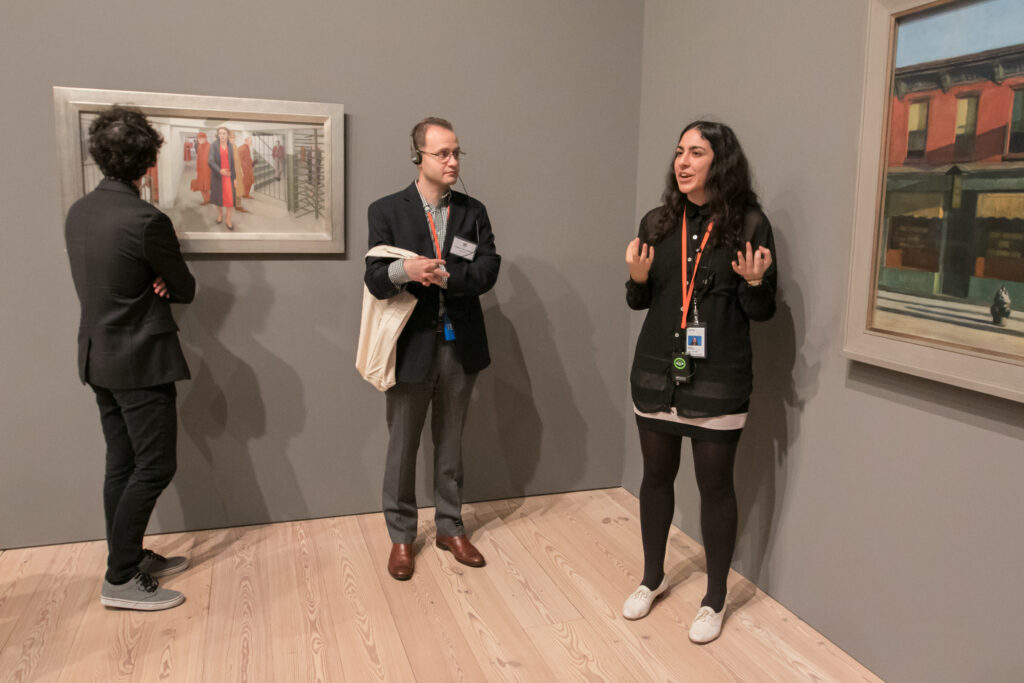
2014 and 2015 Fellows at the Whitney Museum of American Art.
Photo Credit: Mary Iuvone
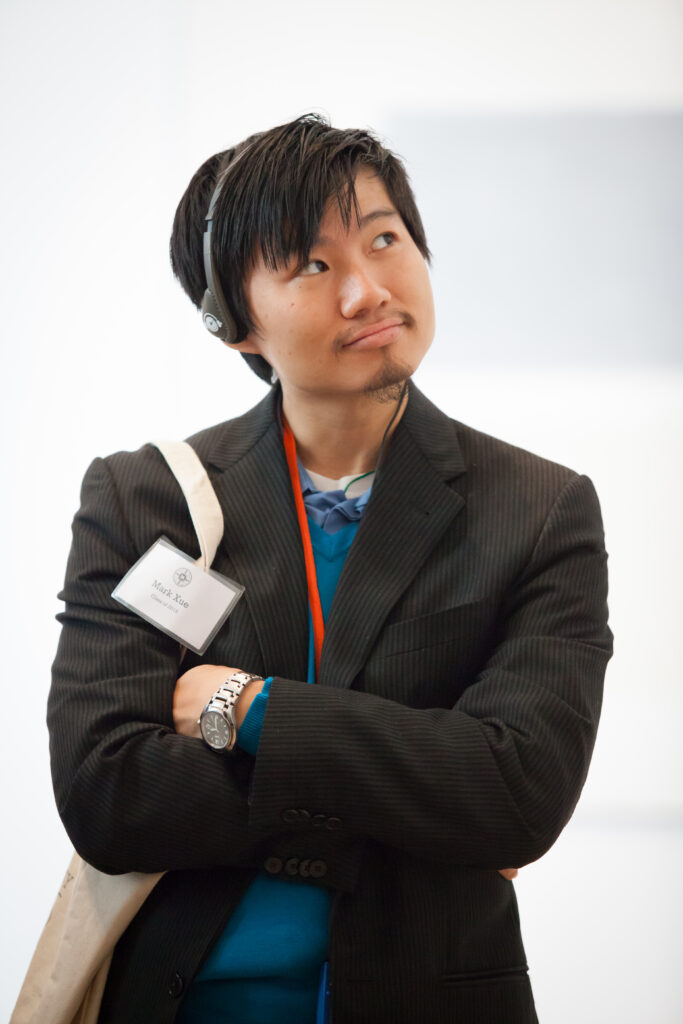
Photo Credit: Mary Iuvone
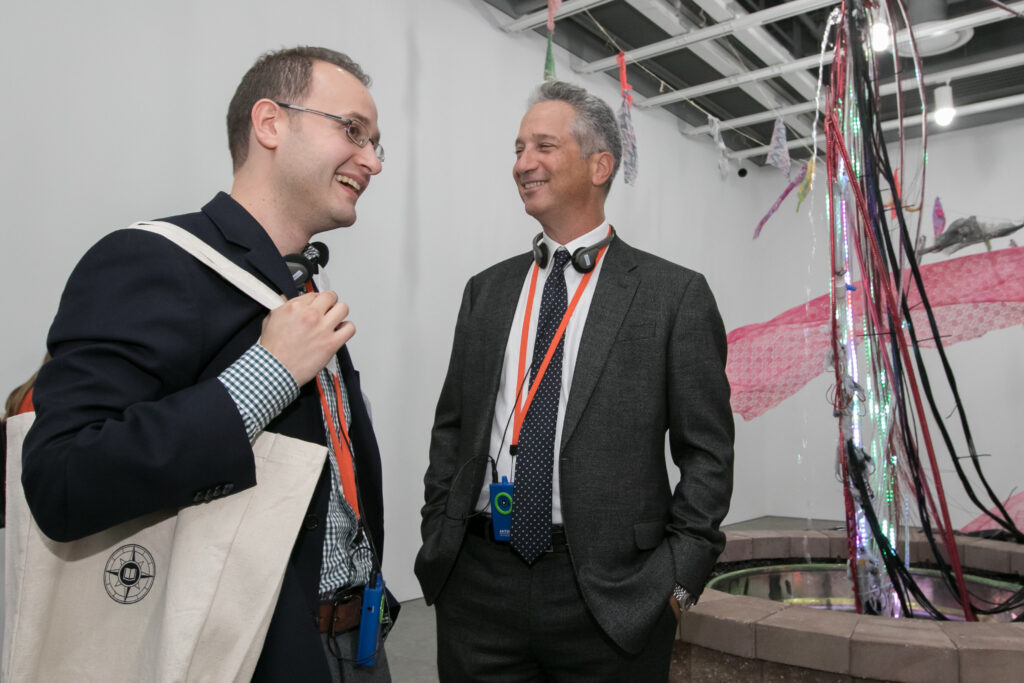
Bailey’s work brings into question the connection between labor, cotton, slavery, and the building of America. How can the history of America be told through this painting, juxtaposing cotton and slaves, valuing one at the cost of the other?
Bailey’s work is a powerful way to end the Whitney Museum tour as we think about what it means to be an American today, especially in light of the #BlackLivesMatter movement with the increase of violent police killings of black men, women, and children, and the increasing Islamophobia that marks racialized bodies as security threats. Bailey’s work urgently demands of us to ask whose lives are given value in America? Who matters?
Overall, the artists represented in the New American Whitney Museum tour offer critical questions for us to think about who is recognized as an American and how we value people’s lives in the history of slavery, war, poverty, forced migration, and mass consumerism.
The New American tour at the Whitney also included the following works:
The Artist And His Mother, Arshile Gorky
Two Maps, Jasper Johns
Four Darks In Red, Mark Rothko
The Brooklyn Bridge: Variation On An Old Theme, Joseph Stella
Blanco Y Verde, Carmen Herrera
Patricia Nguyen is an artist, scholar and educator based in Chicago, Illinois where she is a PhD student in Performance Studies at Northwestern University. She is a 2014 recipient of The Paul & Daisy Soros Fellowships for New Americans.
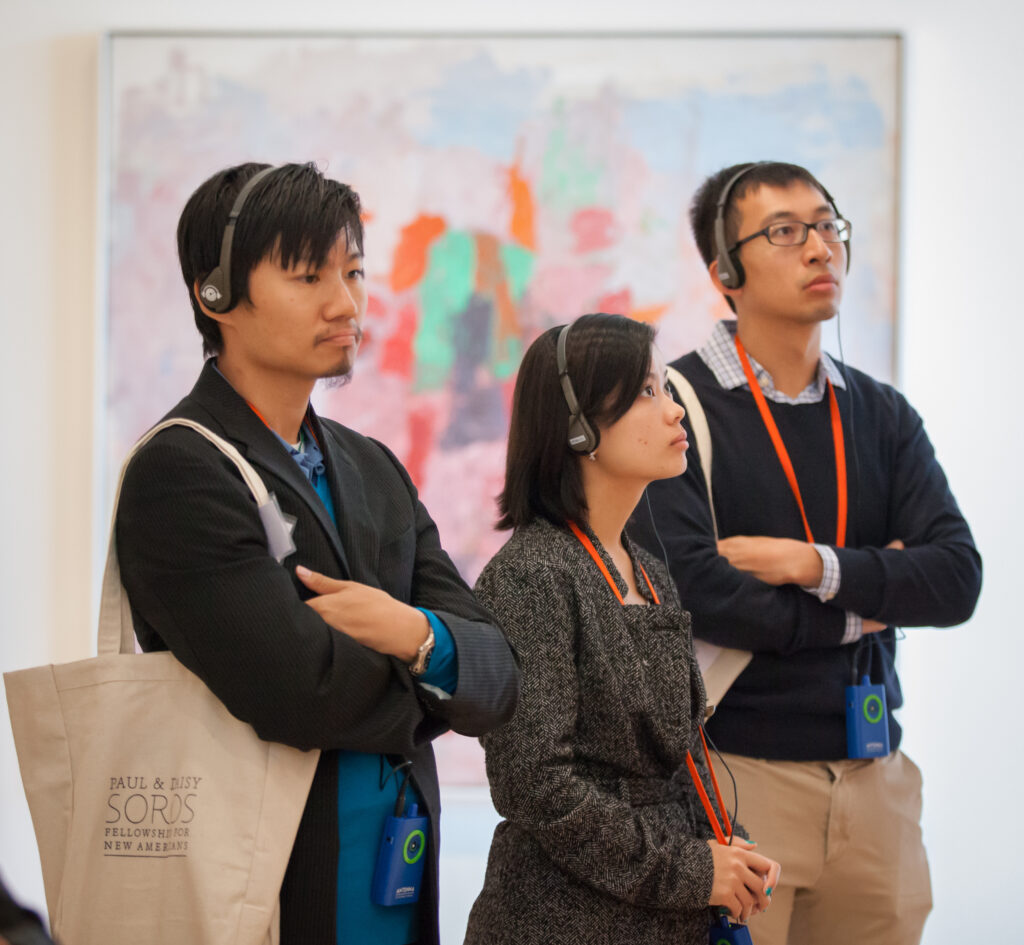
Photo Credit: Mary Iuvone
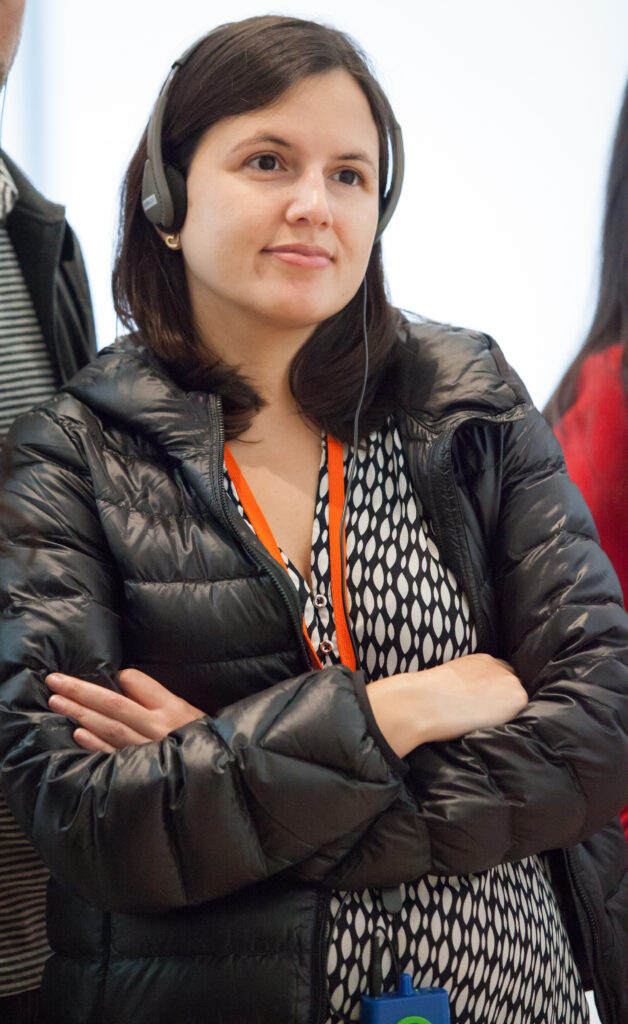
Photo Credit: Mary Iuvone
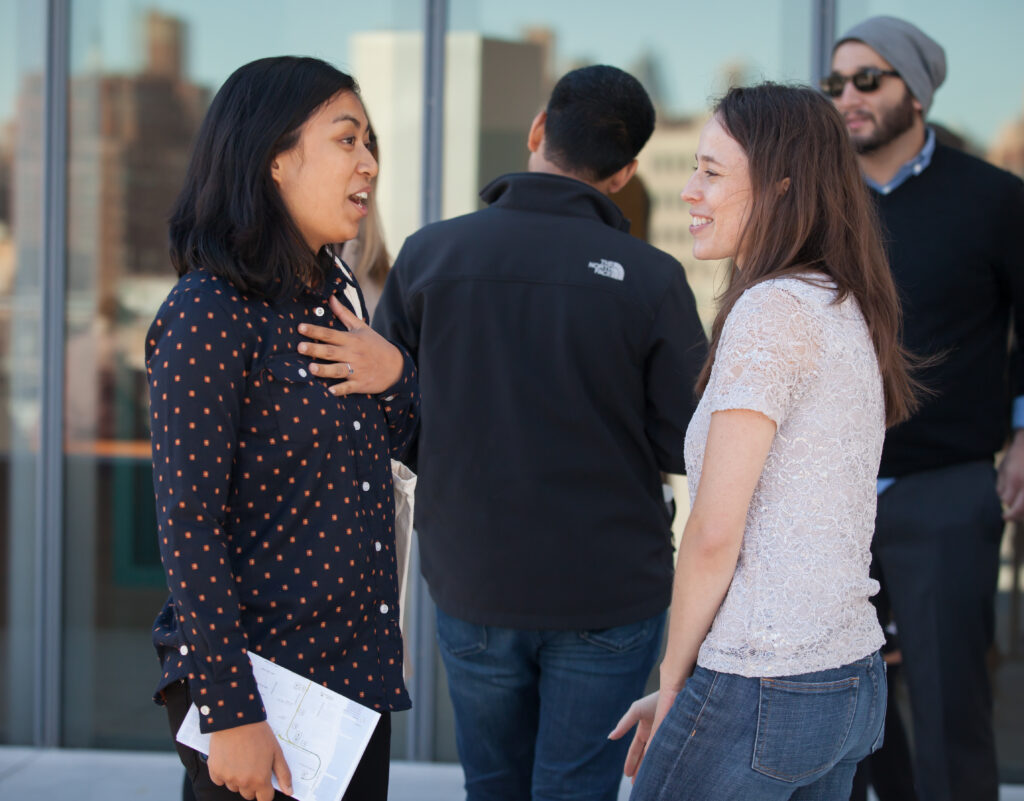
Photo Credit: Mary Iuvone
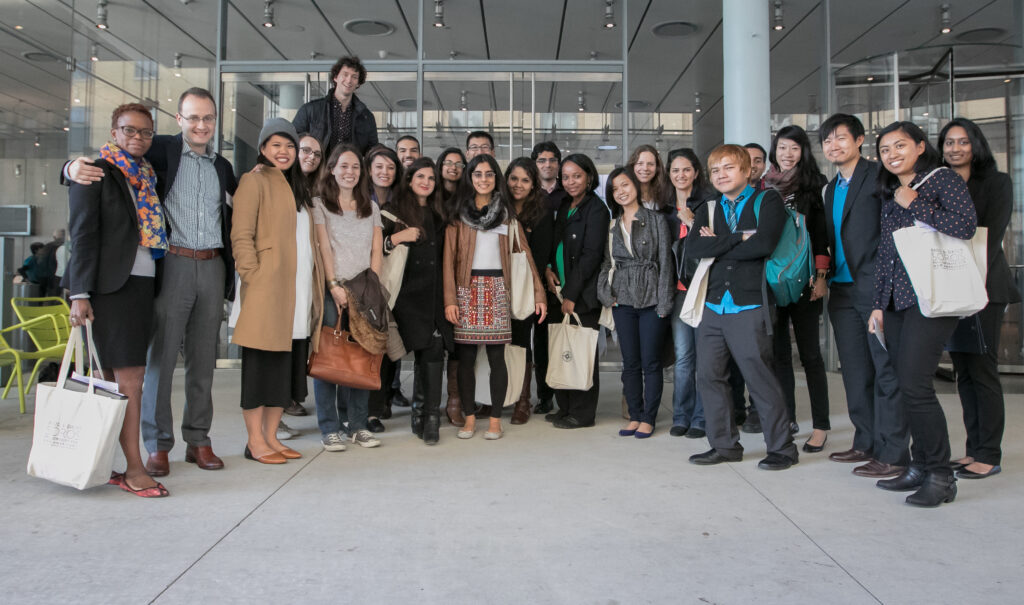
Photo Credit: Mary Iuvone
Featured Fellows
-

Safia Zyla
MIP, Stanford University
Safia Gelle is an immigrant from Ethiopia. Fellowship awarded in 2025 to support work towards an MIP in International Policy at Stanford University
-
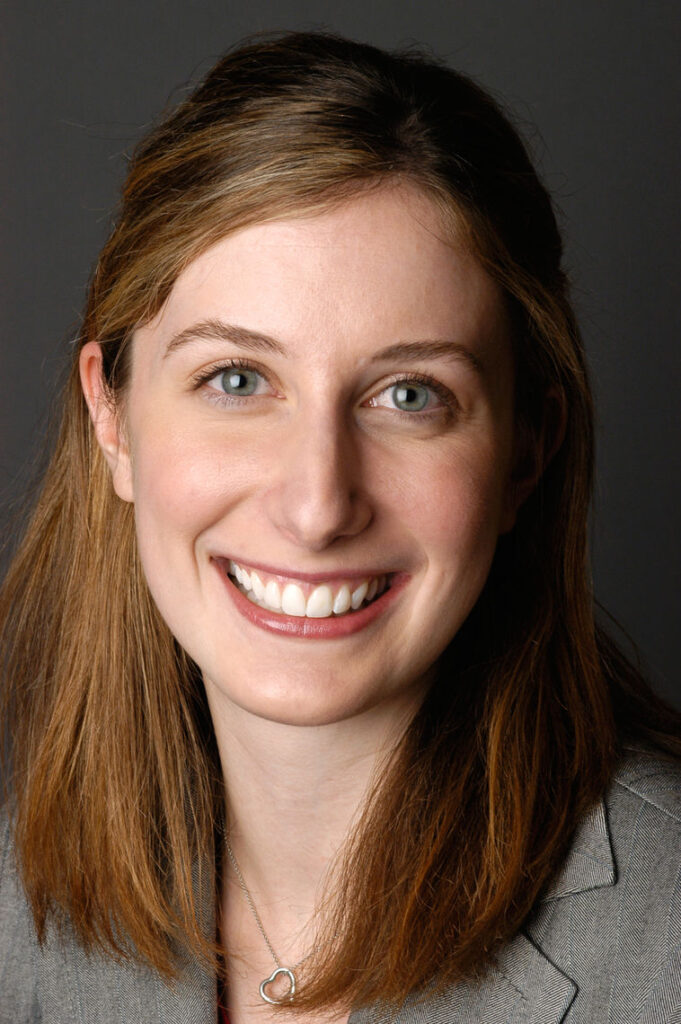
Corinna Zygourakis
Assistant Professor, Department of Neurosurgery at Stanford University School of Medicine
Corinna Zygourakis is the child of immigrants from Greece. Fellowship awarded in 2006 to support work towards an MD in Medicine at Harvard University
Keep Exploring
-
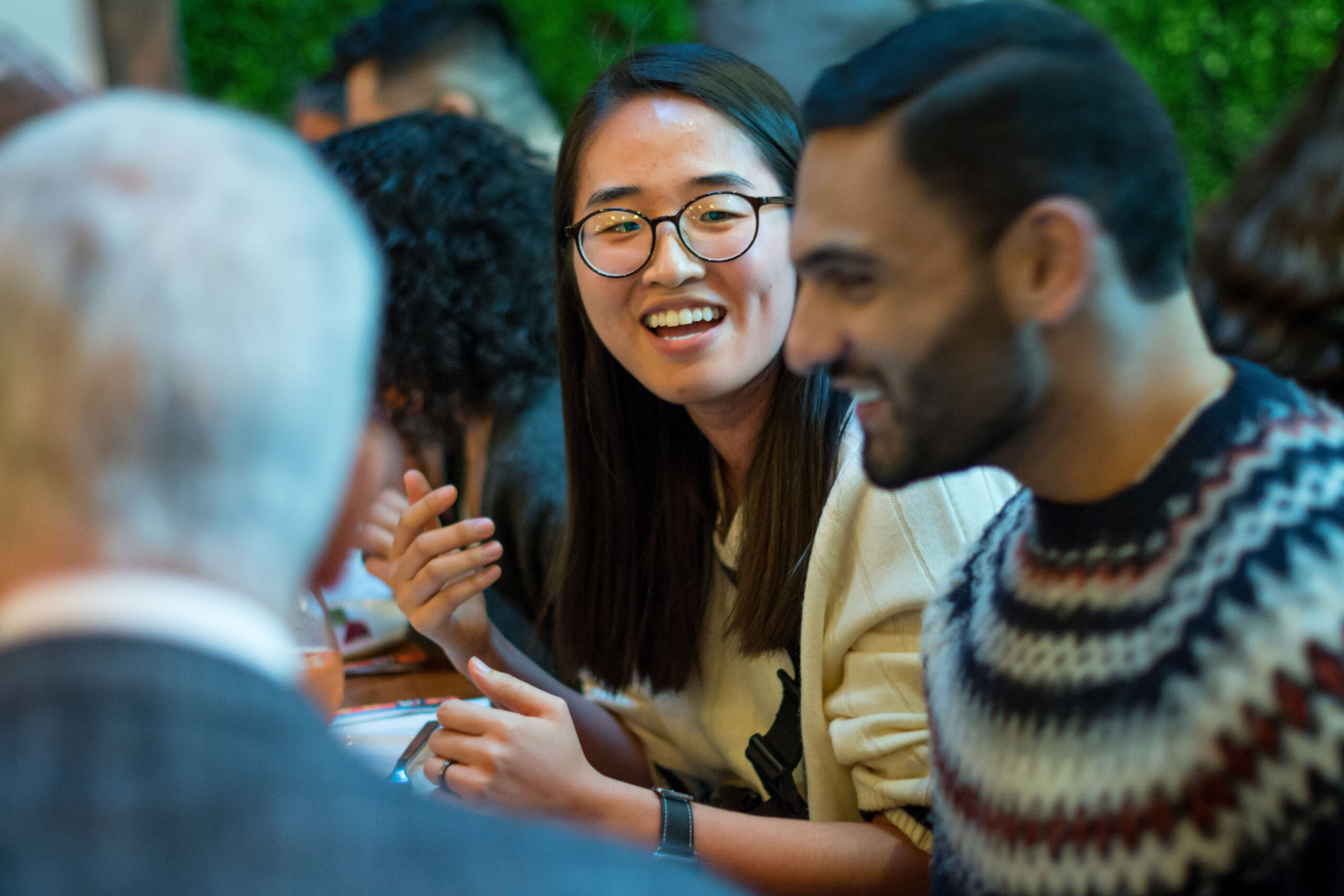 Read more: Kathy Ku Steps into Leadership as PDSFA Chair
Read more: Kathy Ku Steps into Leadership as PDSFA Chair- Board of Directors
- Fellowship News
Kathy Ku Steps into Leadership as PDSFA Chair
-
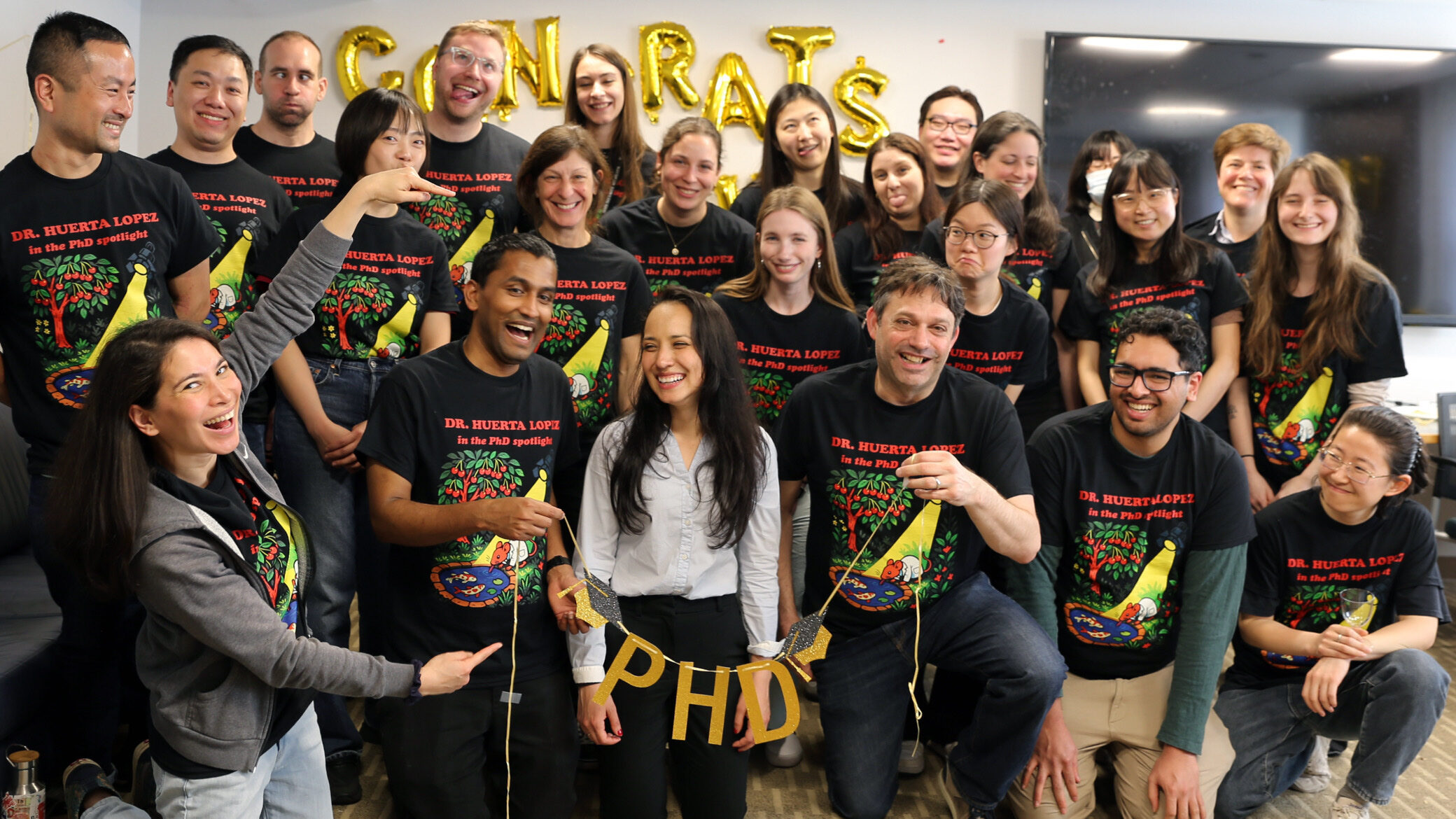 Read more: Q&A with MD/PhD Student Silvia Huerta Lopez
Read more: Q&A with MD/PhD Student Silvia Huerta LopezQ&A with MD/PhD Student Silvia Huerta Lopez
-
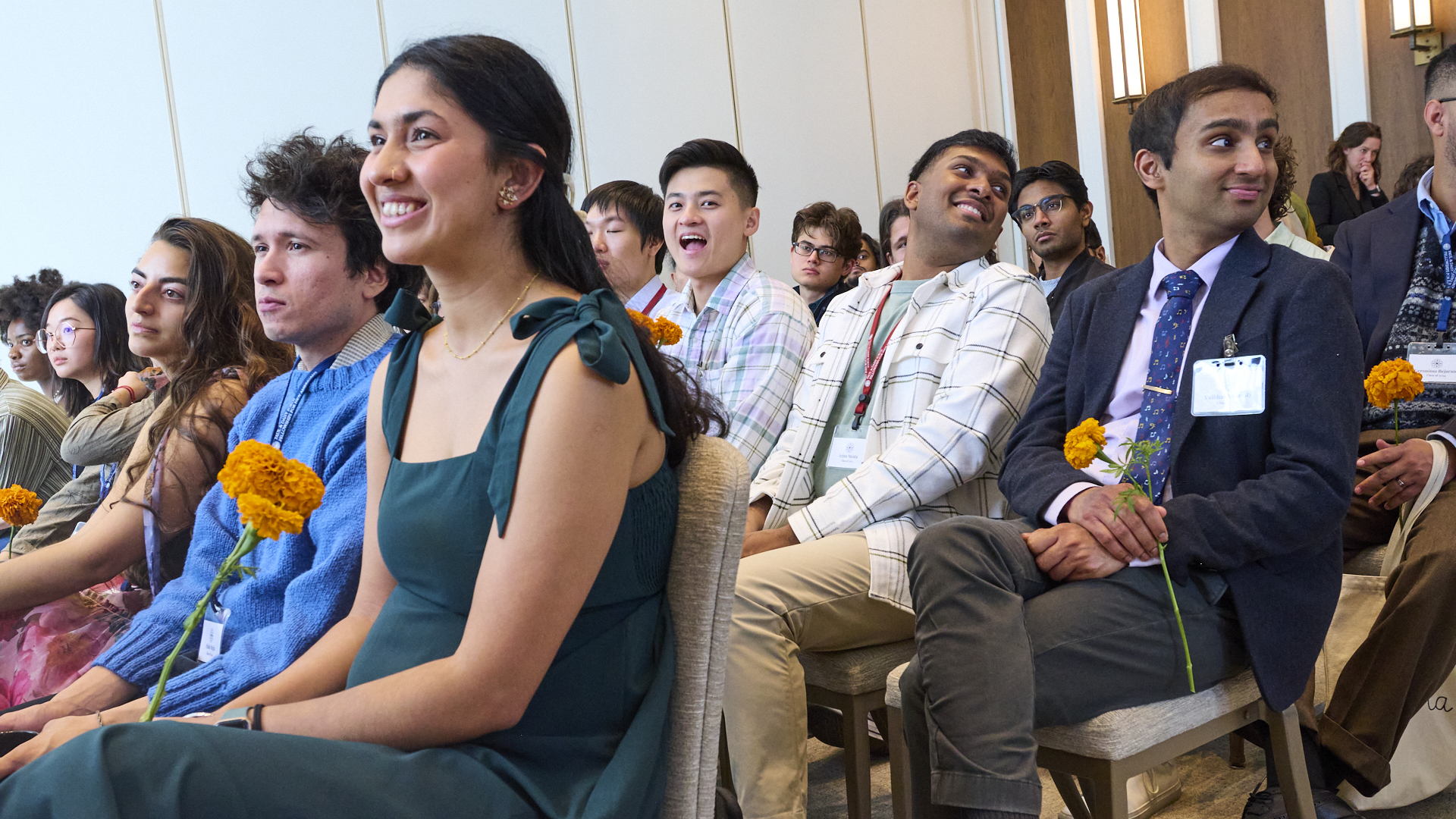 Read more: PD Soros Eligibility Guide for PhD Applicants
Read more: PD Soros Eligibility Guide for PhD Applicants- Applicant Information
PD Soros Eligibility Guide for PhD Applicants
-
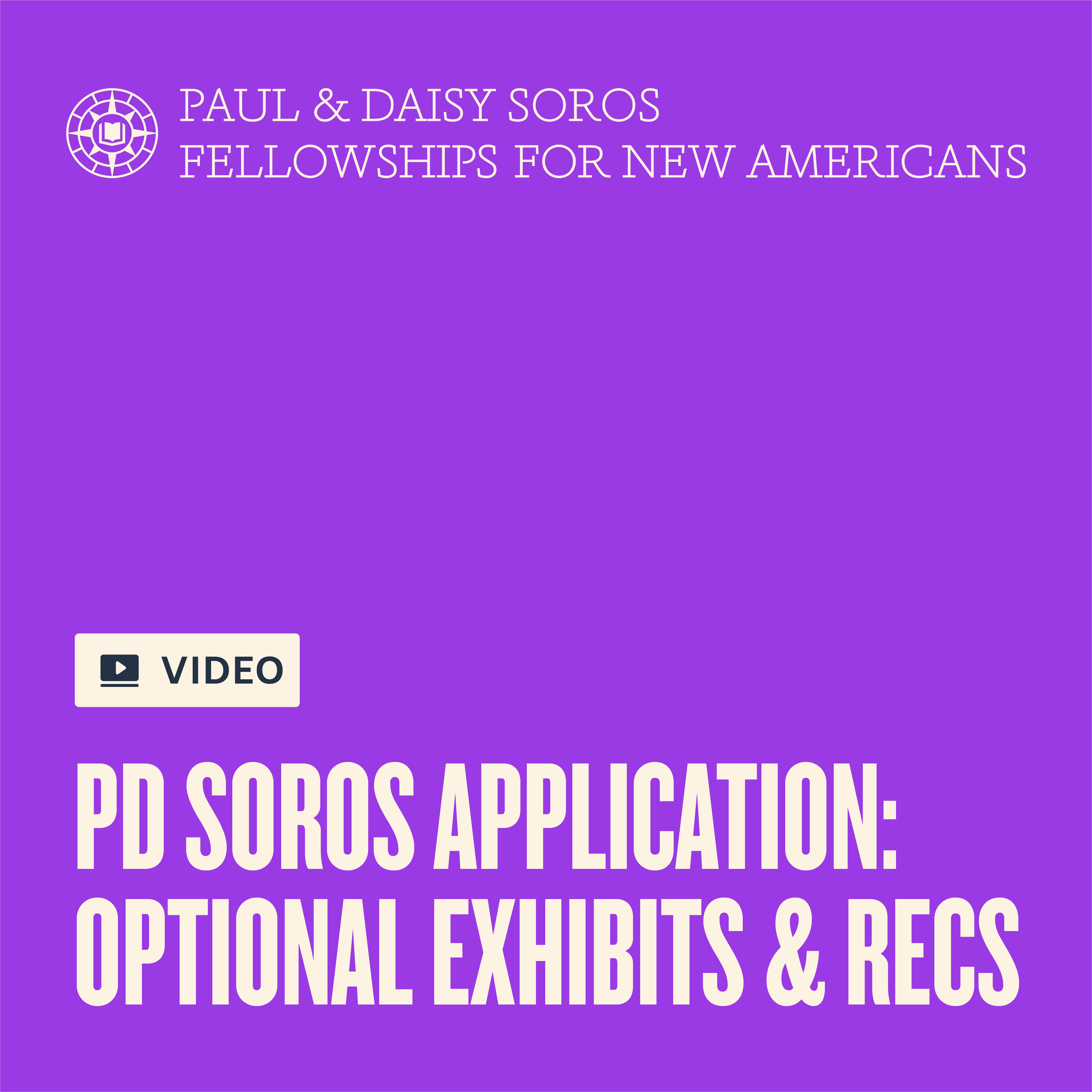 Read more: Watch: Optional Exhibits & Recommendations
Read more: Watch: Optional Exhibits & Recommendations- 2025 Information Sessions
Watch: Optional Exhibits & Recommendations